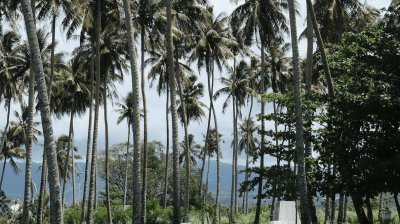State of the Climate in the South-West Pacific 2022
- Sea level rise increases more than global average
- Ocean heat and acidification threatens ecosystems and way of life
- Glacier ice thickness in the western part of the Indonesian island of New Guinea shows a big reduction
- La Niña marked only a temporary brake on rising temperature
- Agriculture especially vulnerable to climate impacts
- Early Warnings must reach everyone
Weather-related disasters and climate change impacts are unraveling the fabric of society in the South-West Pacific. Sea level rise threatens the future of low-lying islands whilst increasing ocean heat and acidification harms vital and vulnerable marine ecosystems, according to a new report from the World Meteorological Organization (WMO).
The State of the Climate in the South-West Pacific 2022 report provides a snapshot of climate indicators including temperatures, sea level rise, ocean heat and acidification, and extreme weather events in 2022. It also highlights the socio-economic risks and impacts on key sectors like agriculture.
The report, along with an interactive story map, is one of a series of five regional reports and a global report from WMO providing the latest climate insights to inform decision-making.
The three-year-long La Niña event had a clear influence on temperatures in 2022. But despite its temporary cooling influence, it was still a warm year for the region. The mean temperature in 2022 was 0.2 °C to 0.3 °C higher than during the last strong La Niña event in 2011.
Press Release
Other resources
The State of the Climate in the South-West Pacific 2022 - English - August 2023
About the State of the Climate in the South-West Pacific series
The WMO State of the Climate in the South-West Pacific report series provides an annual overview of the region’s changing climate and its far-reaching impacts. Each report highlights key trends in temperature and precipitation, offering insight into how long-term warming and rainfall patterns are evolving. It also tracks extreme weather events such as tropical cyclones, droughts, floods, and heatwaves, which are becoming more frequent and intense due to climate change.






